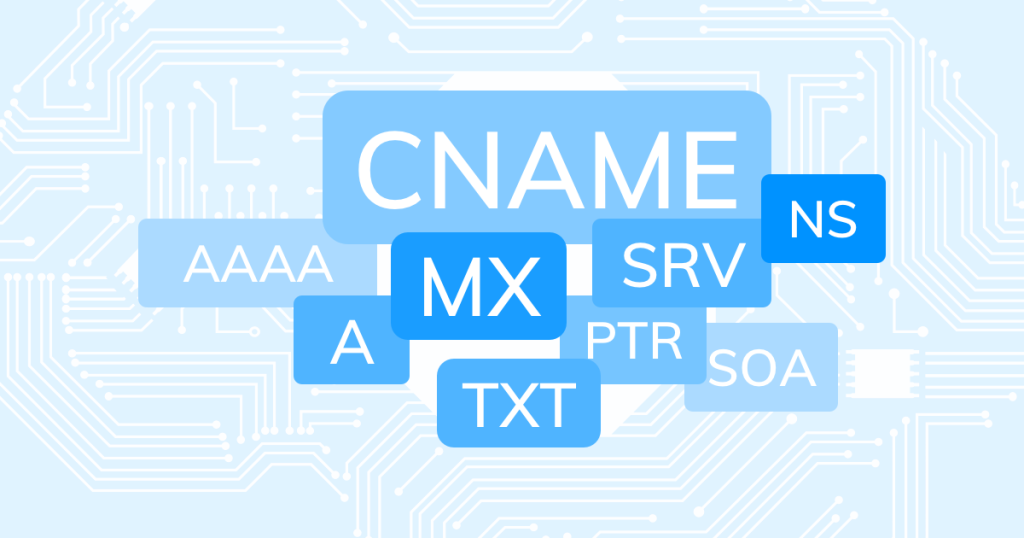DNS (Domain Name System) management involves configuring and maintaining the DNS records associated with a domain. DNS is a critical system that translates human-readable domain names (like www.example.com) into IP addresses, allowing computers to locate and connect to web servers. DNS management is typically performed through a domain registrar or a dedicated DNS hosting provider. Here are the features and aspects of DNS management:

Table of Contents

- Name Servers:
- Name servers are specialized servers that store DNS records and respond to DNS queries. DNS management involves specifying the primary and secondary name servers for your domain. These servers are responsible for resolving domain names to IP addresses.
- Propagation Time:
- DNS changes take time to propagate across the internet. This is the time it takes for updated DNS information to reach all DNS servers globally. Propagation times can vary, but changes typically start reflecting within a few hours and may take up to 48 hours to fully propagate.
- Subdomain Management:
- DNS management allows you to create and configure subdomains for your domain. Subdomains are extensions of your main domain and can point to different servers or directories.
- Dynamic DNS:
- Some DNS providers offer Dynamic DNS services, which allow you to automatically update the IP address associated with your domain when it changes. This is useful for users with dynamic IP addresses provided by their internet service providers.
- DNS Security:
- DNS management includes security features such as DNSSEC (DNS Security Extensions), which adds an additional layer of security to the DNS by signing DNS data with cryptographic signatures.
- Redirection and Forwarding:
- DNS management enables you to set up domain redirects or forward one domain to another. This is useful for website rebranding or consolidating multiple domains.
- SSL and TLS Configuration:
- DNS records, such as those for SSL certificate validation (like TXT records for ACME challenges), may need to be configured during the process of setting up secure connections using HTTPS.
- DNS Analytics and Reporting:
- Some DNS providers offer analytics and reporting features, providing insights into DNS query traffic, performance, and potential security threats.
- IPv6 Support:
- DNS management includes support for IPv6, the next-generation Internet Protocol, allowing domains to have both IPv4 and IPv6 addresses.
- Load Balancing and Failover:
- Advanced DNS management services may include features like load balancing and failover, distributing traffic among multiple servers or redirecting it in case of server failures.

DNS record:
DNS records contain information about the domain, including IP addresses, mail server details, and other settings. Common types of DNS records include:
A Record (address)
Most commonly used to map a fully qualified domain name (FQDN) to an IPv4 address and acts as a translator by converting domain names to IP addresses.
AAAA Record (quad A)
Similar to A Records but maps to an IPv6 address (smartphones prefer IPv6, if available).
CNAME Record (Canonical Name)
An alias that points to another domain or subdomain, but never an IP address. Alias record mapping FQDN to FQDN, multiple hosts to a single location. This record is also good for when you want to change an IP address over time as it allows you to make changes without affecting user bookmarks, etc.
SOA Record (Start of Authority)
Stores information about domains and is used to direct how a DNS zone propagates to secondary name servers.
NS Record (name server)
Specifies which name servers are authoritative for a domain or subdomains (these records should not be pointed to a CNAME).
MX Record (Mail eXchange)
Uses mail servers to map where to deliver email for a domain (should point to a mail server name and not to an IP address).
TXT (text) Record
Allows administrators to add limited human and machine-readable notes and can be used for things such as email validation, site, and ownership verification, framework policies, etc., and doesn’t require specific formatting.
When managing DNS, it’s important to use reputable DNS hosting providers or domain registrars, as DNS plays a crucial role in the proper functioning and accessibility of websites and online services. Additionally, understanding the purpose of different DNS records and their configurations is essential for effective DNS management.